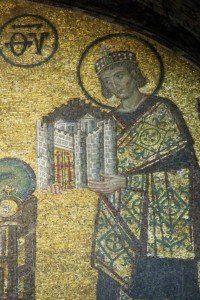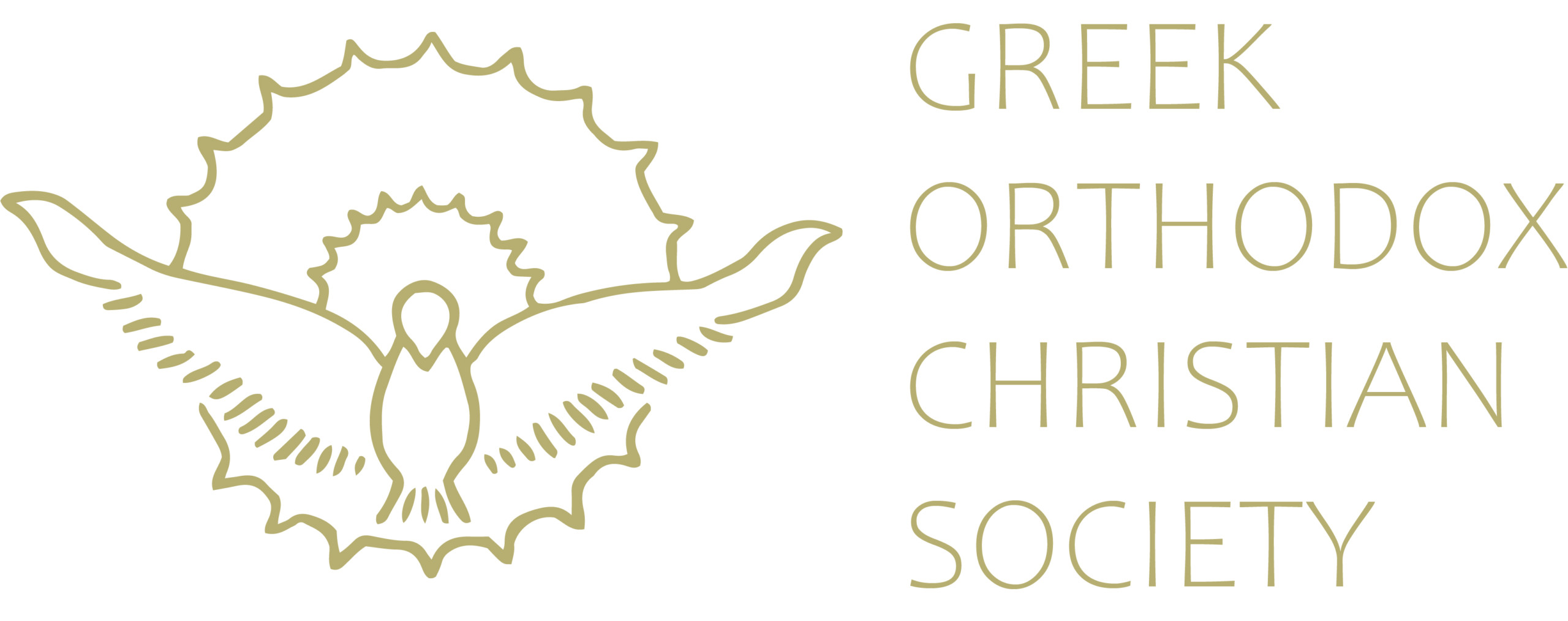Western Mentality and Eastern Morality

One of the great empires of the world was the Roman Empire, which was created in 31BC. At various points in its history it was divided into two separate Eastern and Western imperial courts as an administrative expediency, followed by a later reuniting. The Western Roman Empire was abolished by the Germanic Goths in 476AD. By the 5th century Christianity was well developed among the masses, and was more dominant in the East but spread at a slower pace in the West.
Dramatic changes happened in the population in western Europe early in the 5th century. Large masses of peoples from Northern Europe and the central Asian plains invaded Europe looking for space to expand, and better living conditions. The invaders included Goths, Visigoths, Huns, Franks, Saxons, etc. The result was a vast increase in the population of western Europe, with the invaders forcing the inhabitants to flee westward or amalgamating with the existing local population.
The newcomers were illiterate and the Church in Western Europe made an enormous contribution to the assimilation, education, living standards, social awareness and religious education of the new arrivals. In the meantime, the population was becoming self-conscious, and so began to develop its own conscience, dominated by the Franks in the south and the Germans in the north. Of the Frankish leaders, the most famous is Charlemagne [Latin: Carolus Magnus], whose aim was to dislodge the Hellenic-Roman Popes and replace them with Franks. This became a reality in the year 800 when Leo III became pope, who crowned Charlemagne Emperor of the Holy Roman Empire, whilst the authentic Emperor of the Roman Empire reigned in Constantinople.
If one were to draw a vertical line from the east of modern Venice down to Libya – you would divide the then Roman Empire into the Latin west and the predominantly Hellenic – Roman east. What concerns us here is not the political, geographical or social differences that followed such divide, as much as the differing courses the Christian Faith developed along on the two sides.
In the west, the Popes assumed complete control of the Church and worship practices were changed at will by the post-schism scholastic theologians. In addition, although the Church had accepted the dogmas voted at all Ecumenical Synods, the West neither understood their implications nor adopted them in practice. The effects of this continue to the current day in Roman Catholicism, where there have been further departures from Tradition, loss of absolute meaning and moves towards ecumenism and syncretism.
The Frankish Popes restricted themselves by adopting St Augustine as their national theologian. He had a view of the Holy Trinity that adopted a Neoplatonic model which went too far and asserted things that cannot be known. St Augustine’s limited Greek hindered, but did not prevent, him from discovering the extensive and elaborate writings of the Hellenic-Roman Fathers of the East. It is only now that the Western Church is discovering the numerous errors left behind by the ideas that evolved from their foundational theologian (e.g. filioque, purgatory, divine visions, inquisition, etc, etc) [Romanides, 2002, publ. Pournara].
It is amazing that in spite of the fact that there had been numerous changes in theological approaches, scientific progress, multiplicity of languages and even religions, including many upheavals (suffice it to only mention the Reformation), that the European historians insist that there is only one western civilisation!
And yet, they do not see the obvious fact that the spirit of the Hellenic-Roman civilisation continues to exist unchanged from the time of Constantine the Great onwards, with a true theology which was initially expressed by the great Fathers in the 4th to 6th centuries. This is faithfully practiced and adhered to by its followers in many countries in Eastern Europe and other parts of the world.
Source: Lychnos February – March 2021
